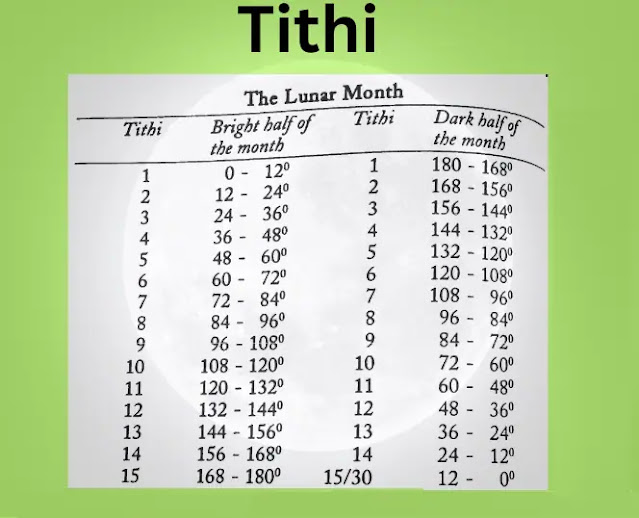A horoscope is a kind of chart. It represents Sun, Moon, and other planets as well in different signs. It shows the exact position of the planets. Which eclipses each planet at the time of birth. In simple words, Kundli is a celestial map. In which the position of the planets and constellations is explained. The sign in the East at the time of birth is called Ascendant or Lagna. The Ascendant in the horoscope symbolizes the life of a person.
North Indian and South Indian horoscopes
- There is a difference between North Indian and South Indian horoscopes in India. Whereas in North India, the ascendant is always placed at the apex in the center. Houses are counted in the reverse direction.
- In South Indian horoscopes, but, the positions of several signs are fixed. But the position of the ascendant can change. Houses are numbered clockwise, starting from the ascendant. In South Indian charts, the numbers representing the signs are not written. Whereas in North Indian charts Lagna and other houses are indicated by placing the respective sign numbers in the places.
Indian horoscopes and Western Horoscope
- In astrology, horoscopes are drawn in a square or a rectangle. In contrast in the Western system, they are drawn as a circle.
- Indian horoscopes are called Nirayan charts. As opposed to the Sayana chart drawn in Western countries as explained in the overleaf. Each horoscope has 12 houses. Each house represents some important events and happenings.
- According to the Western method, a kundli cast can be converted to the Indian type by subtracting the ayanamsha of the year of birth from the longitude of the ascendant and the houses.
Ayanamsha:
Ayanamsha (precessional distance) is the distance between the first point of the zodiac and the vernal equinox.¹ Indian astronomers consider Vernal. Around March 21 each year (according to the Gregorian calendar), when the Sun crosses the celestial equator.
The equinox is stationary or stationary while Western astronomers consider it to be retrograde. Nirayan longitude and Ayanamsha indicate the Sayana longitude of any place.
Sayana and Nirayana systems:
The system of astronomy in which the movable zodiac is called the Sayana (with precession) system. This system is followed by Western astrologers. Nirayan (former praction system) is employed by Indian astrologers who consider Rashi as fixed, not movable.
Seasons:
According to Hindu Astronomy, six seasons are described here.
Ayanas:
- Uttarayana is a period of six months. When the Sun moves from Capricorn to Gemini.
- Dakshanayana is the period of six months when the Sun sign moves from Capricorn to Sagittarius.
Samvat
Samvat A period of twelve lunar months consisting of two fortnights - the bright fortnight or Shukla Paksha and the dark fortnight or Krishna Paksha. The first day or tithi of each fortnight is called 1, the second tithi is called 2, and so on.
In North India, Samvat begins on the first tithi of Shukla Paksha of the first lunar month. Meaning, Chaitra Shukla Paksha 1. In South India, Samvat begins with Kartika, the first tithi of the Shukla Paksha of Kartika. Shukla Paksha 1.
Solar and Lunar Months:
A solar month refers to the time taken by the Sun to move from one sign of the zodiac to another. Solar months are named after zodiac signs.
A lunar month consists of 30 lunar days or tithis counting from the new moon to the next new moon. The New Moon is a simple conjunction of the Sun and the Moon. This is when the Moon is positioned between the Earth and the Sun.
Paksha:
Every lunar month has two Paksha Shukla and Krishna. Shukla Paksha includes bright fortnight. This is when the moon is rising. It is the period from the day after the new moon to the day of the full moon. The dark fortnight of the lunar month is called Krishna Paksha. This is when the moon disappears. It is the period from the day after the full moon to the day of the new moon.
Tithi:
Every lunar day is called Tithi. The beginning, duration, and end of each tithi depend on the distance, measured in degrees, between the relative positions of the Sun and the Moon as seen from Earth. Fourteen lunar days or tithis, whether in the bright or dark half, have the same number - 1, 2, 3, 4, 5, 6, 7, 8, 9, 10, 11, 12, 13, and 14. The 15th tithi in the bright half is called Purnima (full moon day). The 15th tithi in the dark half is called Amavasya (new moon day). It is the 30th day of the beginning of the lunar month.









